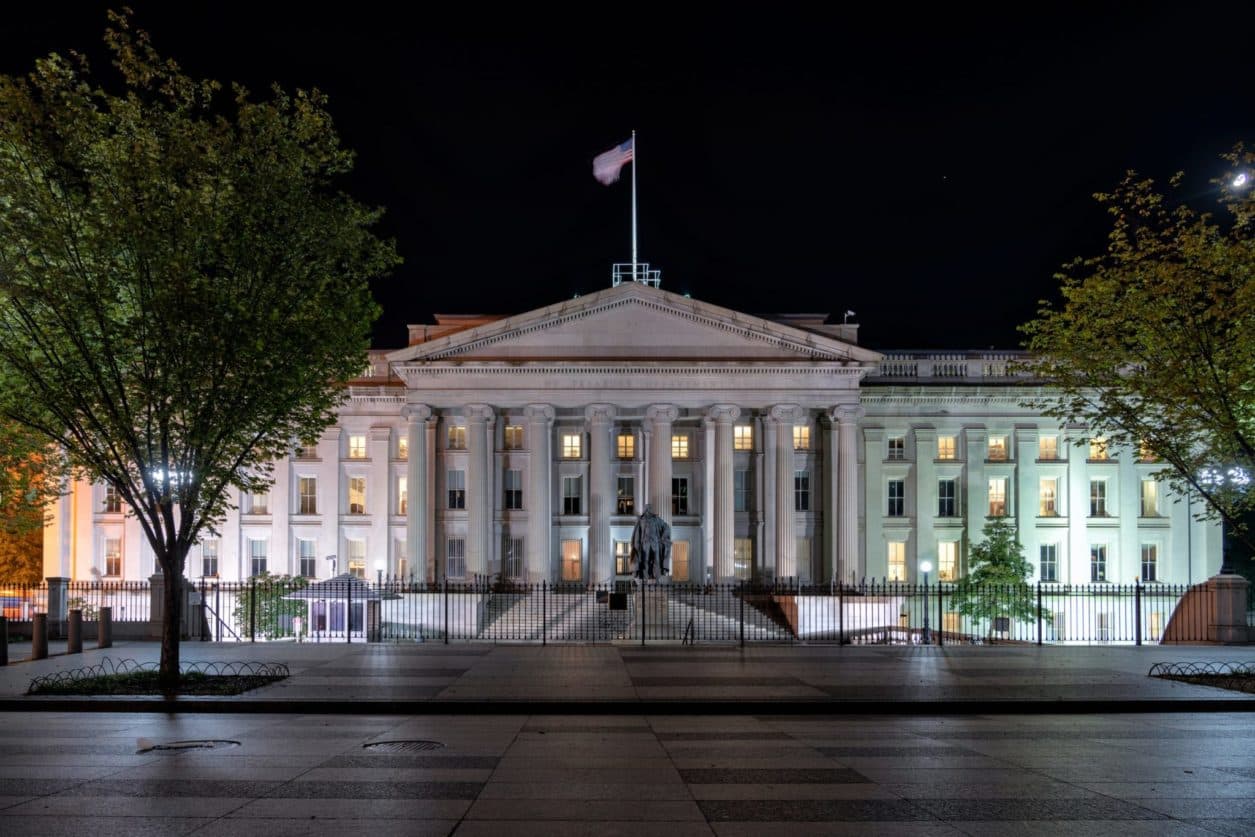Rising Nominal Rates Highlight Debt Problem, Cause Tremors in Gold and Bitcoin
The controlling narrative in recent months has been that massive fiscal spending is negative for the US Dollar and positive for emerging markets. As Joe Biden and a Democrat-led Congress attempt to push another $3 trillion in fiscal spending, investors worry […]

- Rising nominal rates are a byproduct of a growing fiscal deficit without commensurate QE from the Fed
- As nominal rates rise, it creates pressure on risk assets in a leveraged financial system
The controlling narrative in recent months has been that massive fiscal spending is negative for the US Dollar and positive for emerging markets.
As Joe Biden and a Democrat-led Congress attempt to push another $3 trillion in fiscal spending, investors worry that the supply of new dollars will weaken its value against other world currencies. However, market participants have discounted the potential knock-on effects of rising nominal interest rates in a leveraged financial system.
In an interview with The Market based in Switzerland, Chief Economic Advisor of Allianz, Mohammed El-Erian, stated about the US Yield Curve, “It’s on a consistent move up, and that puts the Fed in a very difficult position, because if it allows the curve to continue to steepen, it can undermine financial stability.”
It may be counterintuitive to think that an enormous fiscal package will unleash a strengthening US Dollar, but that may be precisely what is happening. Between the Cares Act, Covid Relief & the rumored Biden plan, fiscal support is nearing almost $5.3 trillion dollars or 25% of 2019 of US GDP, according to Moody’s Analytics.
That $5.3 trillion dollars of treasury supply seems to be having an effect on rates as the US Ten-Year yields have risen from 0.90 % to 1.15% since the start of 2021.
The Federal Reserve is on a run rate of purchasing $80 bln a month of that treasury supply which translates to buying $960 bln for the year or only 18% of that fiscal supply. That leaves a lot of treasury supply to sop up by global investors, which is why rates are on the move higher.
It’s a difficult situation for the incoming Democratic majority, especially considering the heat that quantitative easing is taking for exacerbating income inequality. The irony is that Democrats will need more QE to keep a lid on rates or else fear bursting the mother of all debt-bubbles.
In the short-term, risk assets will likely continue to re-price lower if the cost of capital continues to rise. Bitcoin and gold have had a major pullback as they have been the first to sniff out these potential ramifications.
Both assets are highly sensitive to the change in real rates (Nominal Rates minus Inflation) and have also benefited from the phenomenon of negative rates [pictured below] more than most sectors of the market.
If the Fed doesn’t put the lid on nominal rates rising soon, then perhaps there is more downside to come. However, it’s likely the Fed will end up taking a page from the Bank of Japan’s playbook and inevitably implementing Yield Curve Control (YCC).






